Decoding Chess for Beginners: Understanding & Analysing A Sample Chess Game
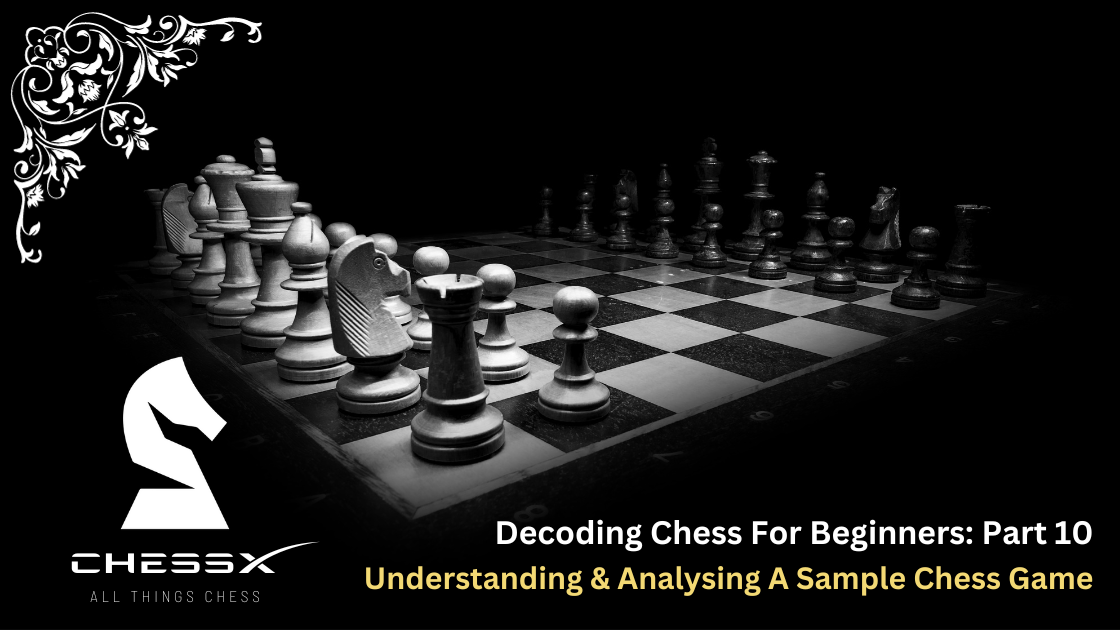
In the tenth installment of the Chess for Beginners series, we will introduce you to A Sample Chess Game & analyse it. We encourage you to read the complete blog to gain the most from this discussion.
The moment has arrived for you to seamlessly integrate all the knowledge you've acquired into an actual chess game. Much like any sport, possessing a strategic game plan and being well-versed in various techniques is crucial.
However, the true test comes when you find yourself engaged in a live match, requiring you to concentrate and employ everything you've learned and practiced.
As you follow along, challenge yourself to discern the strategic objectives of each player and identify potential superior moves.
The Match: Expert versus Intermediate
The following match unfolds between a seasoned expert and an intermediate player. It's essential to grasp that, with sufficient dedication to practice and study, you too can ascend to an expert level in chess, astounding both your family and friends.
There are no barriers holding you back—immerse yourself in the match and relish the experience!
1. e4 Nc6
The game starts off with white moving his pawn up to e4 position. Black, instead of trying to improve pawn formation, decides to develop his knight first, moving it to the c6 position.
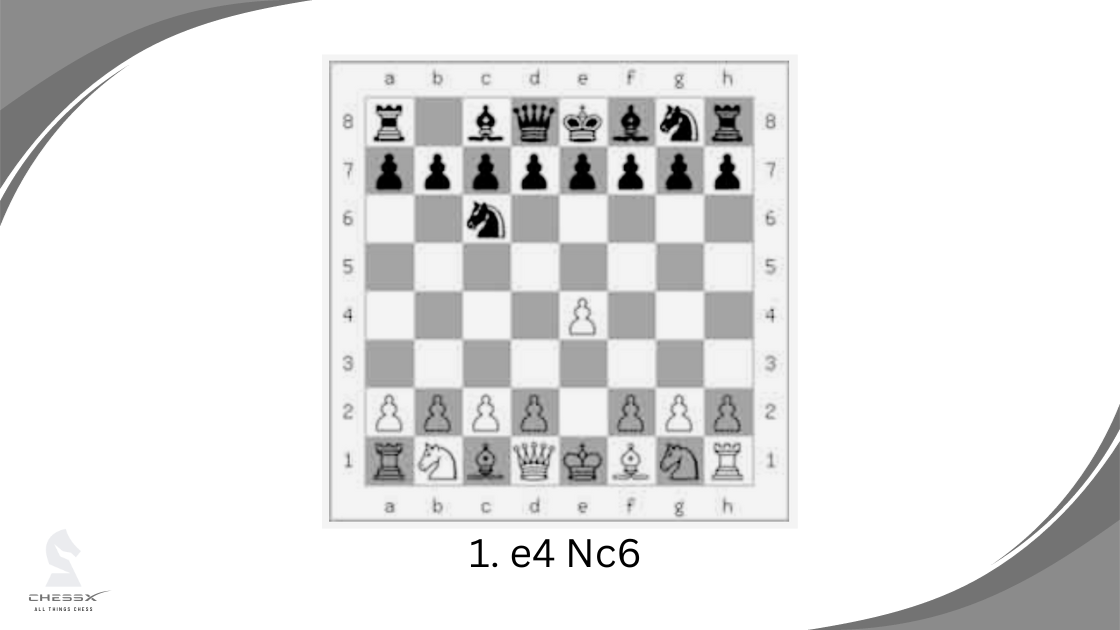
2. Nf3 d5
From here, white advances his knight up to f3 and black jumps his pawn two steps up to d5.
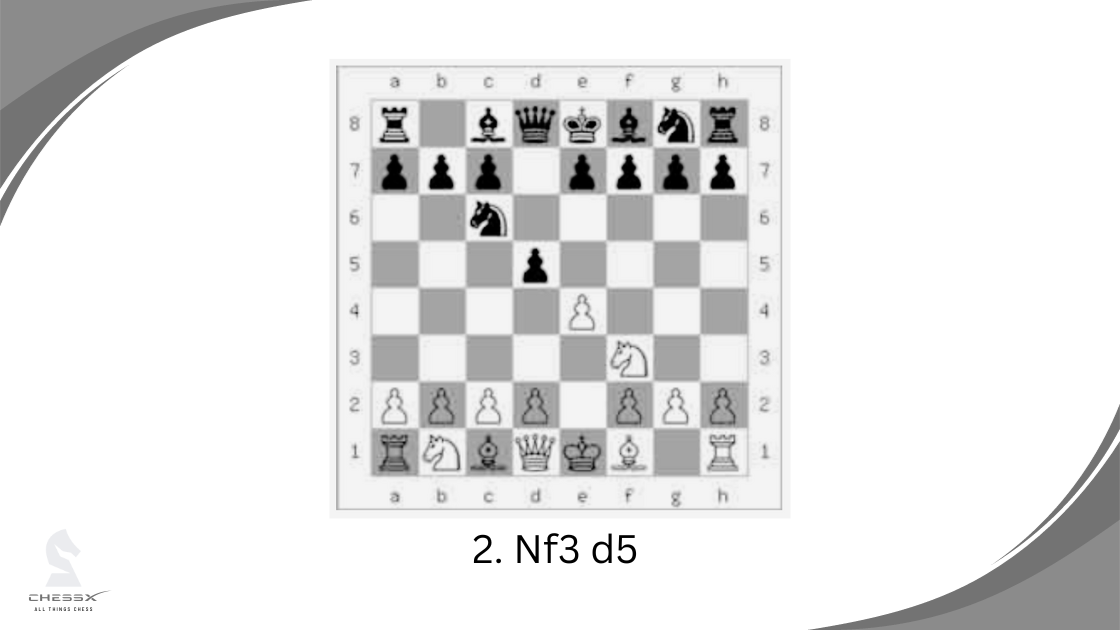
3. Bd3 Nf6
White then moves his bishop up to d3 to reinforce his pawn while black starts developing his second knight moving it to f6.
Notice how white could have instead moved his bishop to b5 (Ruy Lopez Opening), which could have essentially pinned down the black knight? Regardless, white did a fantastic job moving his knight and bishop out which also sets him up for an early opportunity to castle.
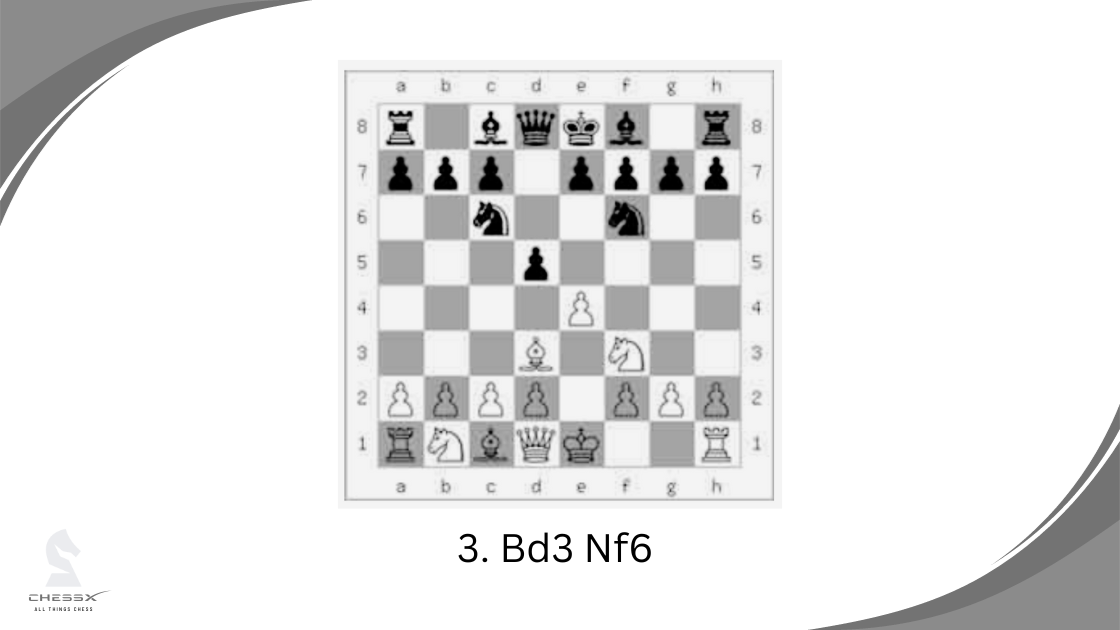
4. xe5 Qxe5
White could not resist and decides to attack the black pawn on e5.
This leads to one crucial mistake as it allows the black queen an open lane to develop into the game.
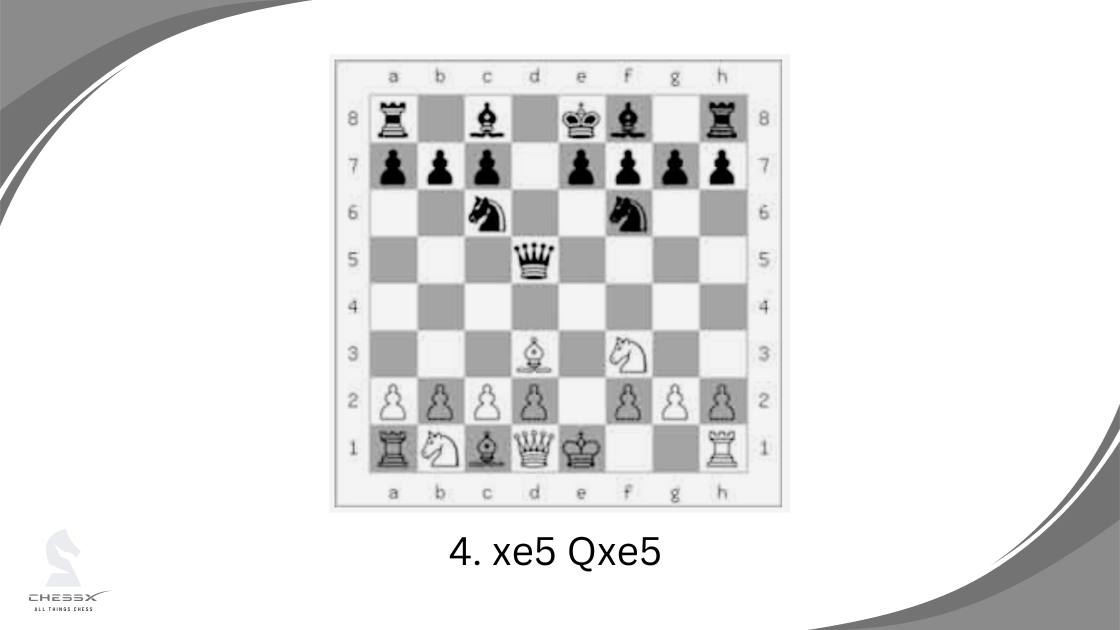
To access the entire blog, subscribe to our premium plans today and elevate your chess game to the next level. Get ChessX for all things chess.